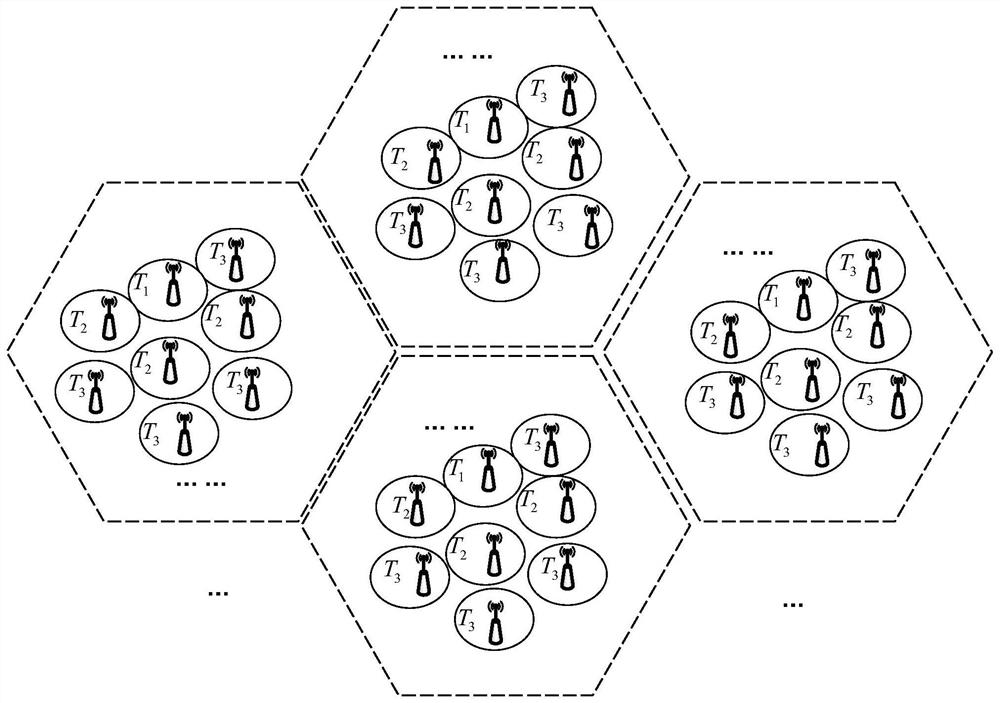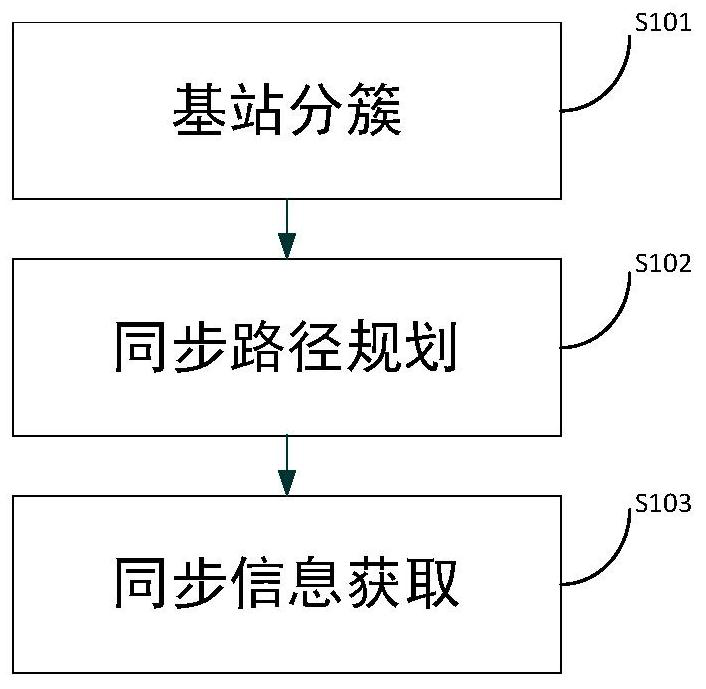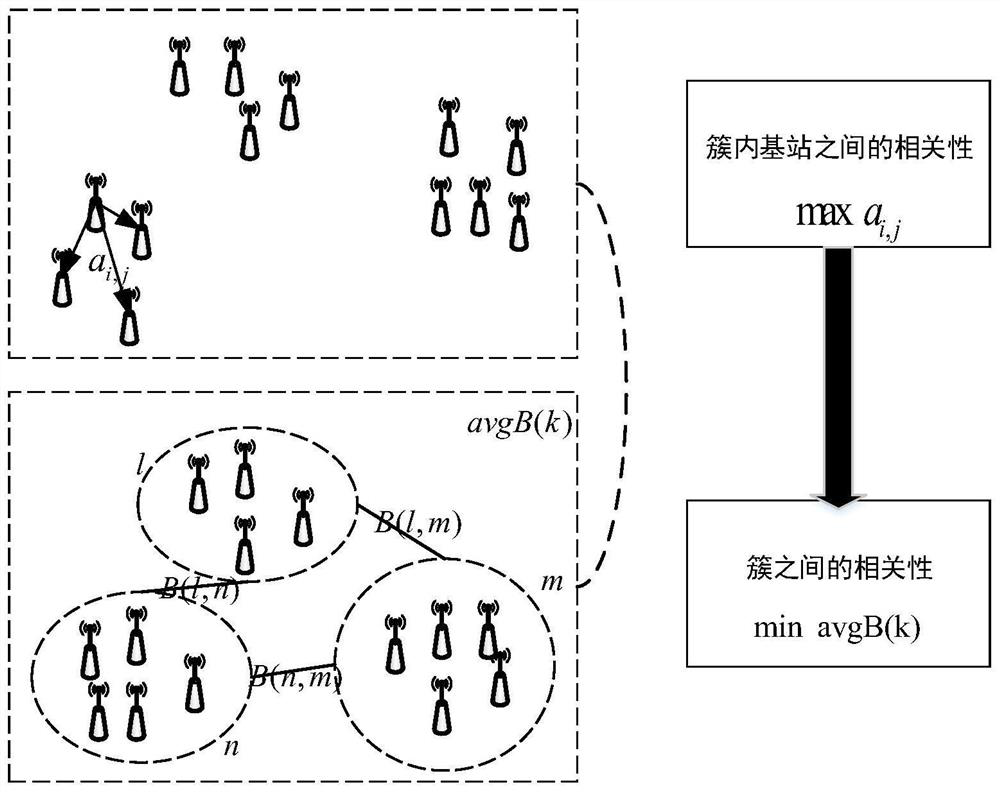A Synchronization Method Oriented to LTE Small Cell Dense Networking
A dense networking and small station technology, applied in the direction of synchronization devices, data exchange networks, digital transmission systems, etc., can solve problems such as interception signal errors, loss of useful signals, and inability to intercept, so as to eliminate isolated base stations and improve quality , Reduce the effect of interlayer interference
- Summary
- Abstract
- Description
- Claims
- Application Information
AI Technical Summary
Problems solved by technology
Method used
Image
Examples
specific Embodiment
[0036] figure 1 What is shown is an application scenario diagram of the synchronization method oriented to dense networking of LTE small cells. figure 1 The small base station shown in is a small base station under the coverage of a macro station. T in the figure i Indicates the synchronization level of the base station. The synchronization level is defined as the minimum number of hops between the cell's time information source and the GPS time information source. In this scenario, the macro station only provides a public reference time source and does not participate in the synchronization process. The synchronization level of the macro station is T 0 . figure 1 mainly revolves around the synchronization hierarchy for T 1 clusters of small base stations. In addition, clustering and centralized management can combine base stations with high similarity, which can reduce the difficulty of operation.
[0037] figure 2 Shown is the flowchart of the synchronous method of t...
PUM
 Login to View More
Login to View More Abstract
Description
Claims
Application Information
 Login to View More
Login to View More - Generate Ideas
- Intellectual Property
- Life Sciences
- Materials
- Tech Scout
- Unparalleled Data Quality
- Higher Quality Content
- 60% Fewer Hallucinations
Browse by: Latest US Patents, China's latest patents, Technical Efficacy Thesaurus, Application Domain, Technology Topic, Popular Technical Reports.
© 2025 PatSnap. All rights reserved.Legal|Privacy policy|Modern Slavery Act Transparency Statement|Sitemap|About US| Contact US: help@patsnap.com



